
How to Use GY-MAX30102: Examples, Pinouts, and Specs
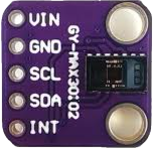
 Design with GY-MAX30102 in Cirkit Designer
Design with GY-MAX30102 in Cirkit DesignerIntroduction
The GY-MAX30102 is a heart rate and SpO2 sensor module designed for non-invasive health monitoring. It utilizes photoplethysmography (PPG) technology to measure blood oxygen saturation (SpO2) and heart rate by detecting changes in blood volume through light absorption. The module is built around the MAX30102 sensor chip, which integrates red and infrared LEDs, a photodetector, and an ambient light rejection circuit for precise measurements.
This module is widely used in wearable health devices, fitness trackers, and medical monitoring systems. Its compact size and low power consumption make it ideal for portable applications.
Explore Projects Built with GY-MAX30102
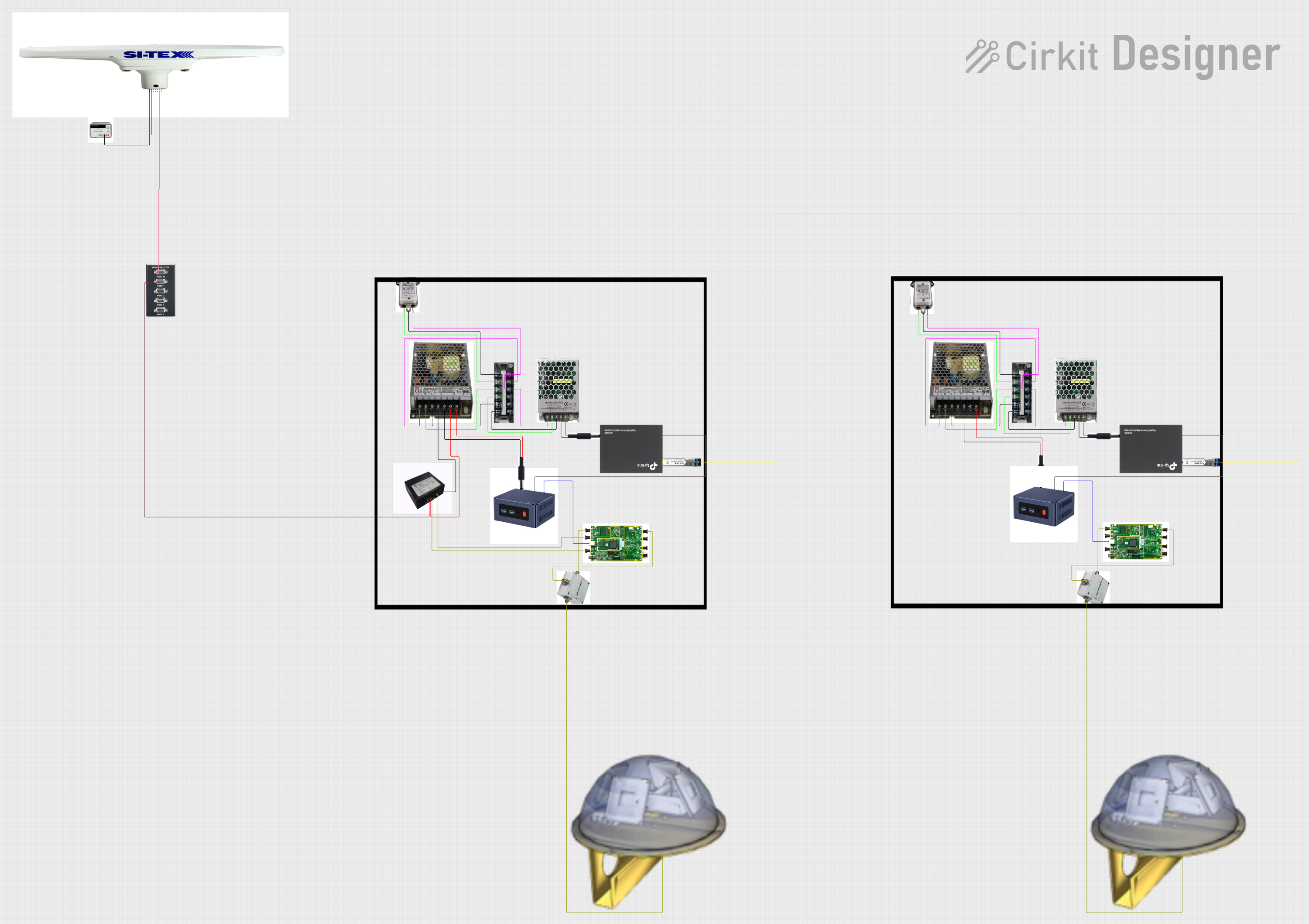
 Open Project in Cirkit Designer
Open Project in Cirkit Designer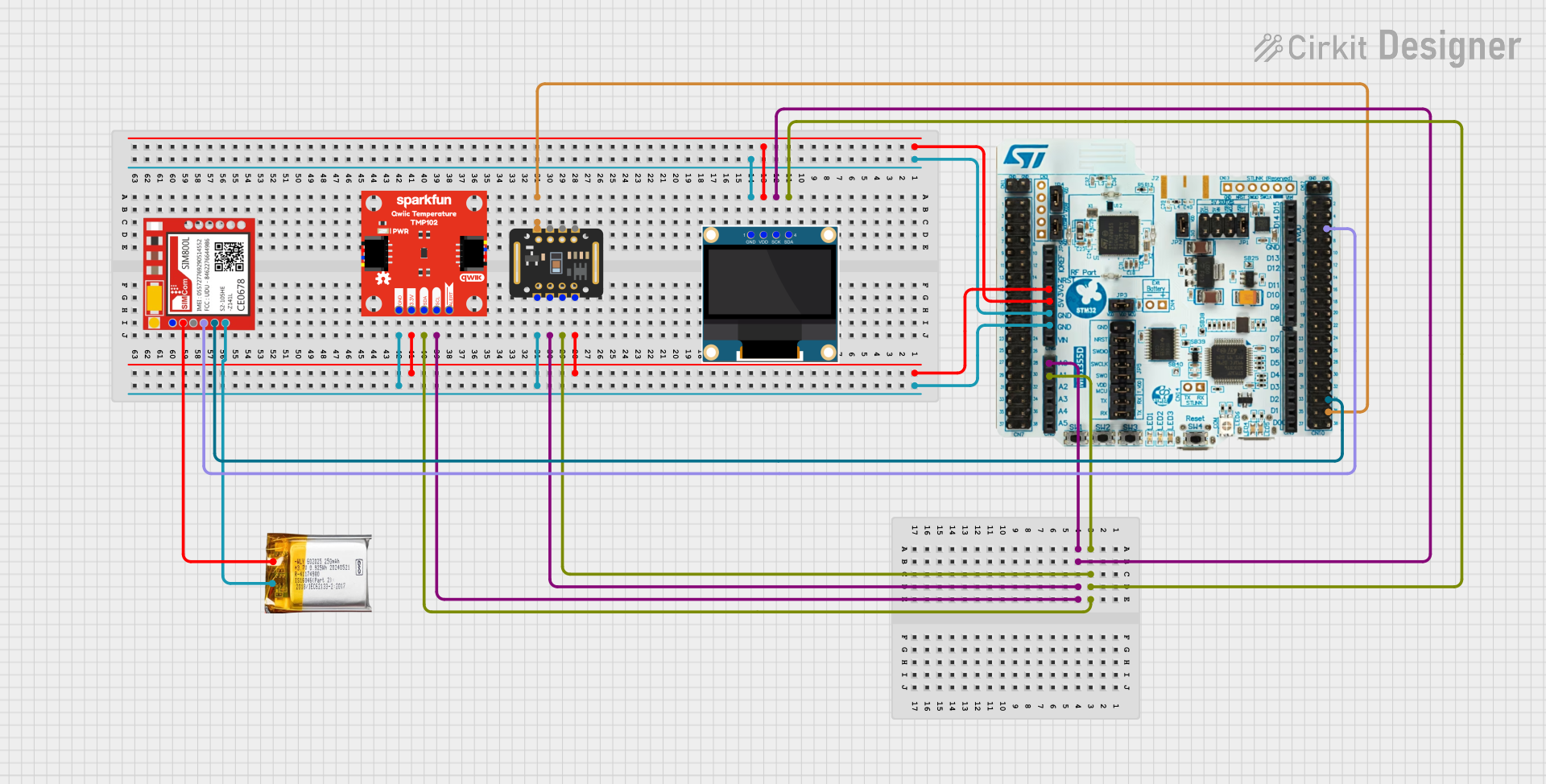
 Open Project in Cirkit Designer
Open Project in Cirkit Designer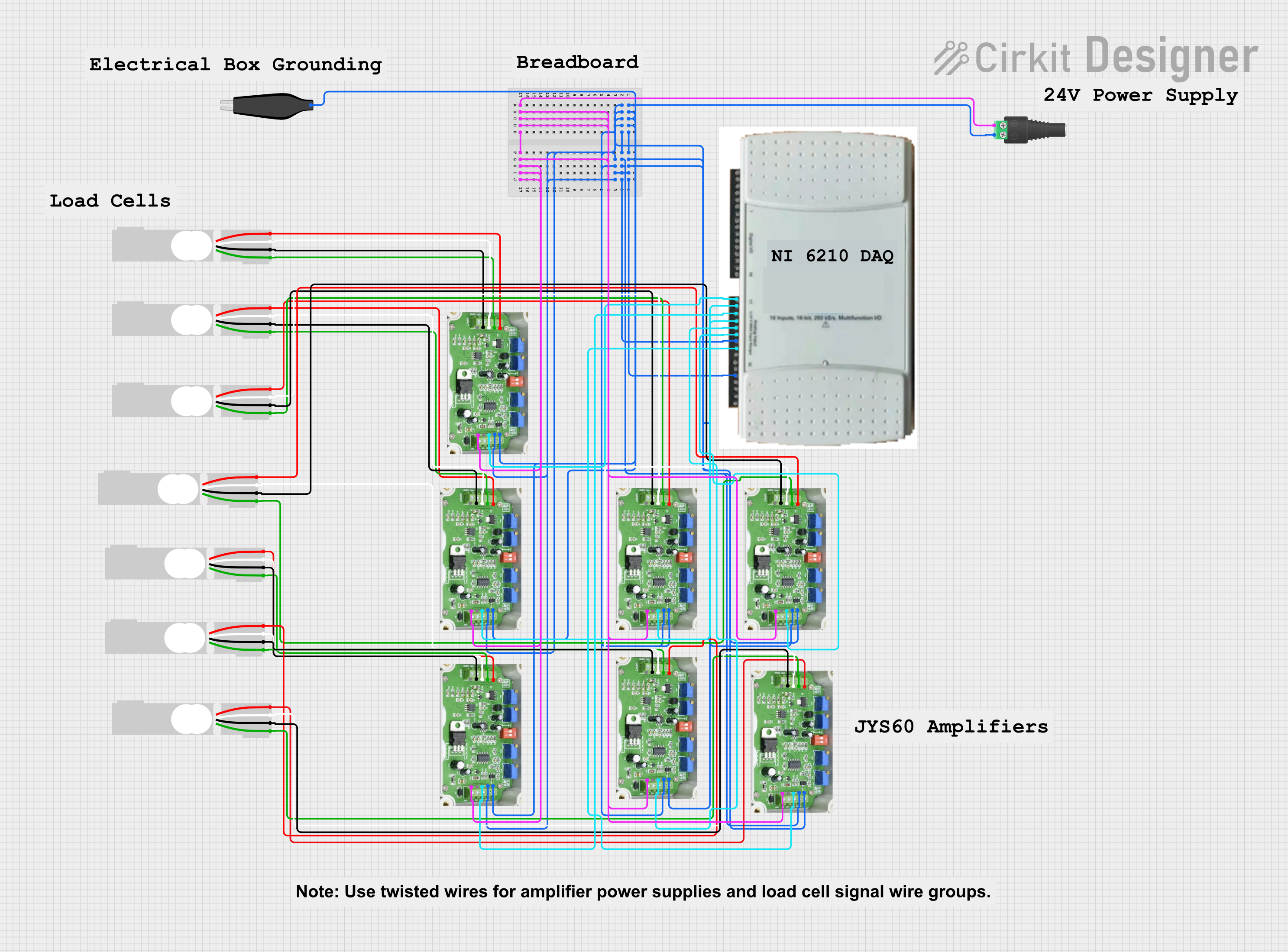
 Open Project in Cirkit Designer
Open Project in Cirkit Designer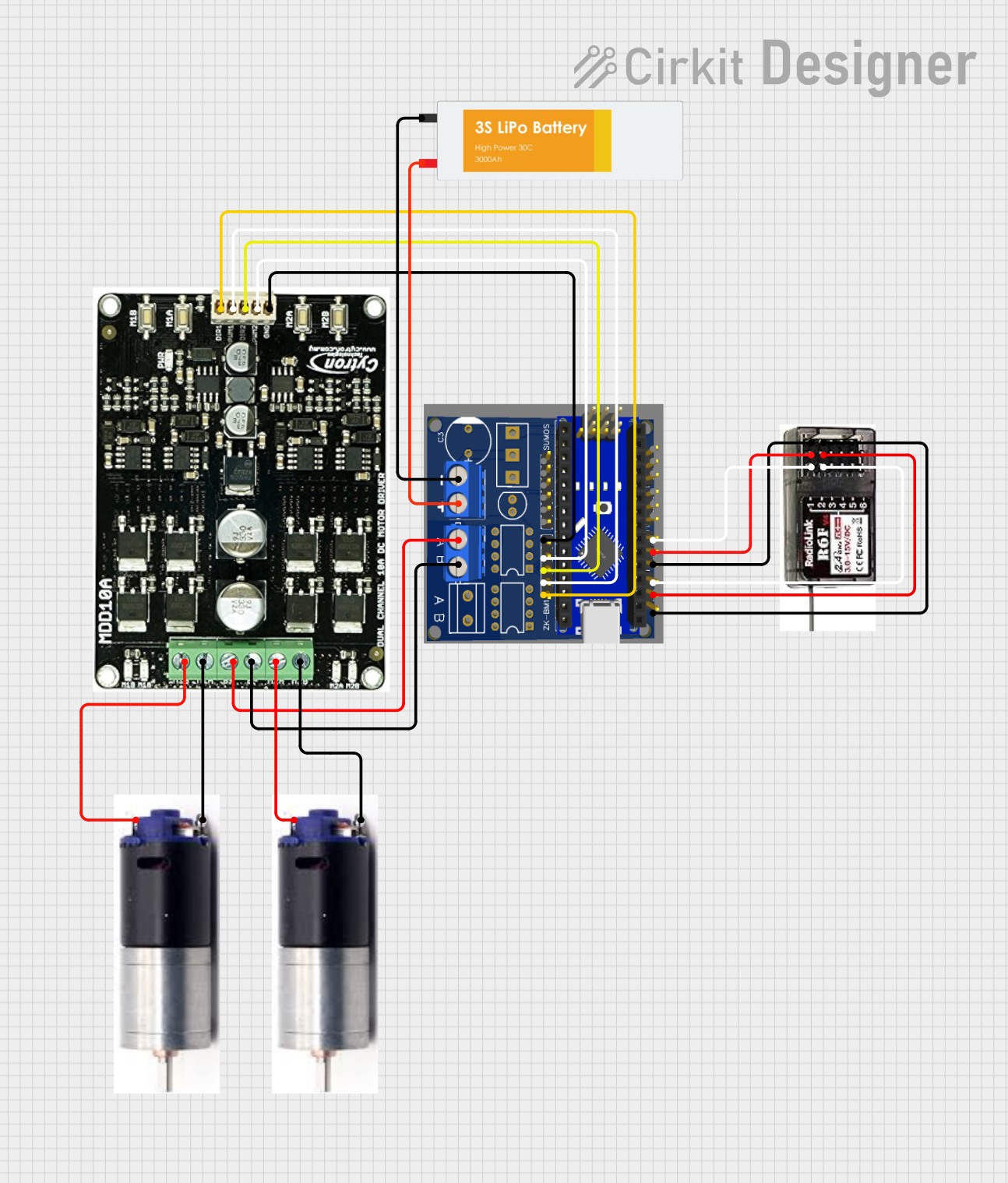
 Open Project in Cirkit Designer
Open Project in Cirkit DesignerExplore Projects Built with GY-MAX30102

 Open Project in Cirkit Designer
Open Project in Cirkit Designer
 Open Project in Cirkit Designer
Open Project in Cirkit Designer
 Open Project in Cirkit Designer
Open Project in Cirkit Designer
 Open Project in Cirkit Designer
Open Project in Cirkit DesignerTechnical Specifications
- Sensor Chip: MAX30102
- Supply Voltage: 1.8V (internal) and 3.3V (external)
- Operating Current: 600 µA (typical)
- Standby Current: 0.7 µA
- Communication Protocol: I²C (Inter-Integrated Circuit)
- I²C Address: 0x57 (default)
- LED Wavelengths:
- Red: 660 nm
- Infrared: 880 nm
- Operating Temperature: -40°C to +85°C
- Dimensions: 14mm x 14mm
Pin Configuration and Descriptions
The GY-MAX30102 module has six pins. Below is the pinout and description:
| Pin | Name | Description |
|---|---|---|
| 1 | VIN | Power supply input (3.3V to 5V). Connect to the 3.3V or 5V pin of your microcontroller. |
| 2 | GND | Ground. Connect to the ground of your circuit. |
| 3 | SCL | I²C clock line. Connect to the SCL pin of your microcontroller. |
| 4 | SDA | I²C data line. Connect to the SDA pin of your microcontroller. |
| 5 | INT | Interrupt pin. Optional, used for event-driven applications. |
| 6 | IRD | Infrared LED driver pin. Typically not used in standard applications. |
Usage Instructions
How to Use the GY-MAX30102 in a Circuit
- Power the Module: Connect the VIN pin to a 3.3V or 5V power source and the GND pin to ground.
- Connect I²C Lines: Connect the SCL and SDA pins to the corresponding I²C pins on your microcontroller. Use pull-up resistors (typically 4.7kΩ) if your microcontroller does not have internal pull-ups.
- Optional Connections: The INT pin can be connected to a GPIO pin on your microcontroller for interrupt-driven applications, but it is not required for basic functionality.
- Install Libraries: If using an Arduino, install the "SparkFun MAX3010x Pulse and Proximity Sensor Library" from the Arduino Library Manager.
- Write Code: Use the library functions to initialize the sensor, read heart rate, and measure SpO2.
Important Considerations and Best Practices
- Ensure the sensor is placed in contact with the skin for accurate readings.
- Avoid direct exposure to ambient light, as it may interfere with measurements.
- Use a stable power supply to minimize noise in the readings.
- The module is sensitive to motion; keep it steady during measurements for better accuracy.
Example Code for Arduino UNO
Below is an example of how to use the GY-MAX30102 with an Arduino UNO:
#include <Wire.h>
#include "MAX30105.h" // Include the SparkFun MAX3010x library
MAX30105 particleSensor; // Create an instance of the sensor
void setup() {
Serial.begin(9600); // Initialize serial communication
Serial.println("Initializing GY-MAX30102...");
// Initialize the sensor
if (!particleSensor.begin()) {
Serial.println("MAX30102 not detected. Check connections.");
while (1); // Halt execution if the sensor is not found
}
// Configure the sensor
particleSensor.setup(); // Use default settings
particleSensor.setPulseAmplitudeRed(0x0A); // Set red LED brightness
particleSensor.setPulseAmplitudeIR(0x0A); // Set IR LED brightness
}
void loop() {
// Read data from the sensor
long redValue = particleSensor.getRed(); // Get red light reading
long irValue = particleSensor.getIR(); // Get IR light reading
// Print the readings to the serial monitor
Serial.print("Red: ");
Serial.print(redValue);
Serial.print(" IR: ");
Serial.println(irValue);
delay(100); // Wait 100ms before the next reading
}
Troubleshooting and FAQs
Common Issues and Solutions
Sensor Not Detected:
- Cause: Incorrect wiring or I²C address mismatch.
- Solution: Double-check the connections and ensure the I²C address is set to 0x57 in your code.
Inaccurate Readings:
- Cause: Poor contact with the skin or excessive ambient light.
- Solution: Ensure the sensor is in direct contact with the skin and shield it from ambient light.
No Data Output:
- Cause: Library not installed or incorrect initialization.
- Solution: Verify that the SparkFun MAX3010x library is installed and the sensor is initialized correctly in the code.
High Noise in Readings:
- Cause: Unstable power supply or excessive motion.
- Solution: Use a stable power source and minimize motion during measurements.
FAQs
Can the GY-MAX30102 measure SpO2 and heart rate simultaneously? Yes, the module can measure both parameters simultaneously using the red and IR LEDs.
What is the maximum I²C clock speed supported? The MAX30102 supports I²C clock speeds up to 400kHz.
Can I use the GY-MAX30102 with a 5V microcontroller? Yes, the module has an onboard voltage regulator, allowing it to work with 3.3V and 5V systems.
Is the module suitable for continuous monitoring? Yes, but ensure proper heat dissipation and power management for long-term use.